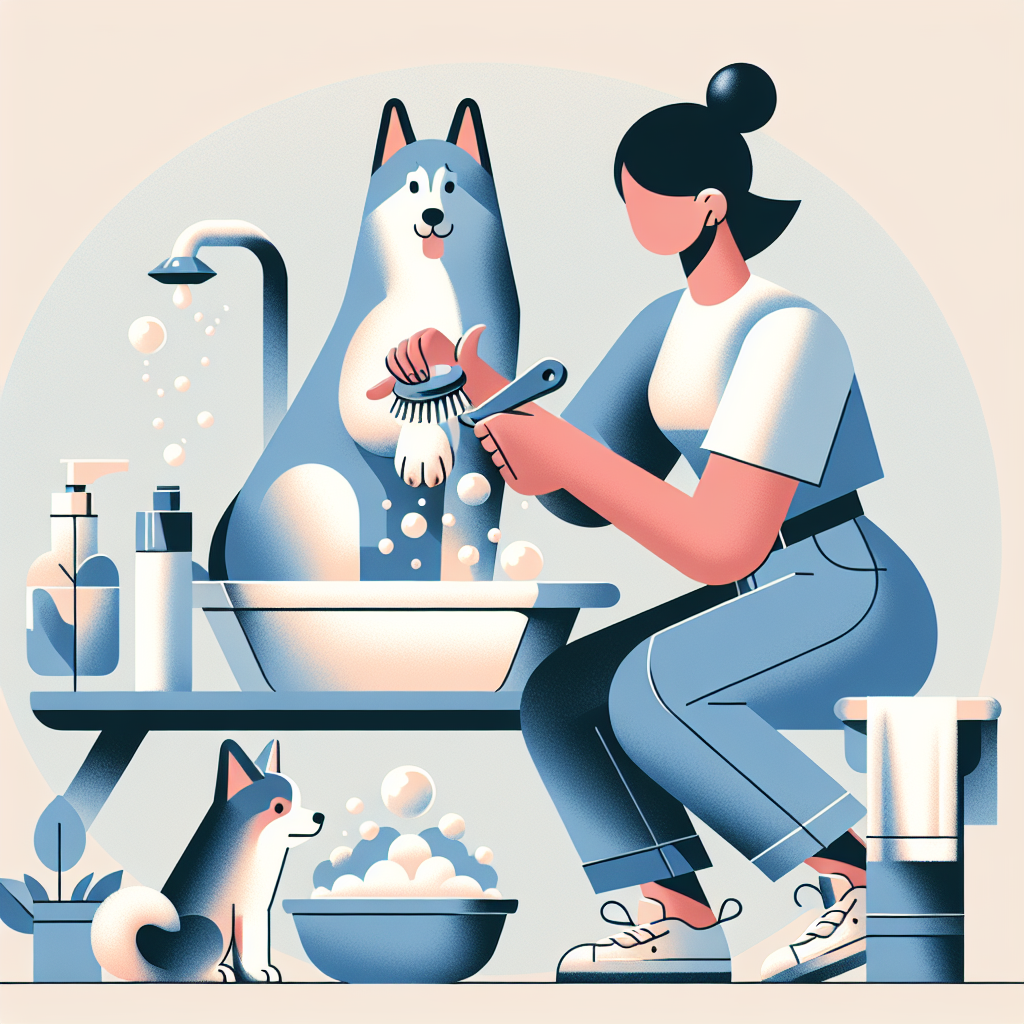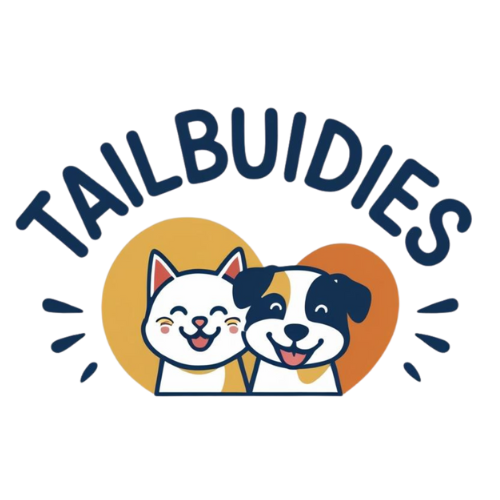
The Ultimate Guide to Hygienic Dog Paw Cleaning
Share
The Ultimate Guide to Hygienic Dog Paw Cleaning
Dogs explore the world with their paws—running through parks, splashing in puddles, and digging in dirt. But all that adorable activity comes with a risk: dirty, bacteria-laden paws can lead to unwanted messes and potential health issues in your home. In this comprehensive guide dog paw cleaning, you'll discover why keeping your dog's paws clean matters and explore efficient methods to maintain hygiene without compromising fun and adventure.
Why Dog Paw Hygiene Matters
Your dog's paws act as their primary connection to the world. They’re constantly in contact with various surfaces, some of which may carry harmful chemicals, allergens, or bacteria. Here are the main reasons why paw cleanliness is important:
- Prevent infections: Tiny cuts or abrasions on paws can become infected when exposed to dirt and bacteria.
- Home cleanliness: Unwashed paws track mud, pollutants, and germs into your home.
- Allergy control: Dogs may carry pollen and irritants indoors, triggering allergic reactions in sensitive family members.
- Paw pad care: Debris and salt (in winter) can dry out and damage your dog’s paws.
The Essentials of Dog Paw Cleaning
Routine paw checks and cleaning should be as integral to your dog care routine as feeding and walking each day. Here’s what you need to look out for:
- Foreign objects: Check between the toes for twigs, gravel, or glass.
- Redness or swelling: Signs of irritation or possible infection.
- Excess dirt or mud: Especially common after hikes or rainy day walks.
By implementing consistent paw care, you can ensure your dog remains healthy, comfortable, and clean.
How Often Should You Clean Your Dog's Paws?
Frequency depends on your dog’s activity level and environment. A general guideline:
- After walks: Clean paws if your dog walks on dirty trails, wet sidewalks, or chemical-treated roads.
- Daily: Quick inspections if your dog spends time outdoors.
- Weekly deep cleans: Especially for dogs with long fur that traps dirt easily.
Best Methods for Cleaning Dog Paws
There are several effective ways to clean your dog's paws. Choose one or a combination based on your dog’s needs and your lifestyle.
1. Dog Paw Wipes
These are convenient for quick cleans after a short walk or visit to the park. Look for alcohol-free, pet-safe wipes to avoid irritation.
2. Wet Cloth Towel
Ideal for drying and light cleaning, a damp cloth works well when you’re indoors or need to remove minimal debris from paw pads.
3. Wash with Warm Water and Mild Soap
If your dog has stepped in mud or sticky substances, mild dog shampoo and warm water will do wonders. Make sure to rinse thoroughly to avoid soap buildup.
4. Use a Dog Paw Cleaner
This is our top recommendation for consistent, mess-free paw hygiene. The Dog Paw Cleaner is a must-have tool for pet parents. Designed with soft silicone bristles, it thoroughly and gently scrubs away dirt and mud without hurting your dog's skin. Simply insert the paw, twist the cup, and remove a clean, refreshed paw in seconds.
Benefits of using the Dog Paw Cleaner include:
- Quick and easy to use—cut down on cleaning time after every walk.
- Gentle on fur and paws thanks to soft bristles.
- Portable and perfect for travel, hiking, or everyday backyard use.
- Cuts back on indoor mess, reducing the need for frequent floor cleaning.
Tips for a Stress-Free Cleaning Routine
Some dogs may not love having their paws cleaned right away, but with a little patience and positive reinforcement, you can make it a natural part of their day. Here’s how:
- Start calmly: Choose a quiet, relaxed time so your dog doesn’t associate cleaning with stress.
- Reward cooperation: Use treats and praise to make paw cleaning a rewarding experience.
- Be gentle: Don’t pull at fur or scrub too hard. Comfort is key to building good habits.
- Introduce the tool gradually: Let your dog smell and explore the Dog Paw Cleaner before use.
Homemade Paw Soaks: Natural Alternatives
When dealing with allergies or paw irritation, consider a gentle paw soak using natural ingredients:
- Apple cider vinegar soak: Mix equal parts water and apple cider vinegar to help disinfect minor wounds.
- Epsom salt soak: Ideal for relieving inflammation or soreness.
- Oatmeal soak: Great for soothing itchy or dry paws during allergy season.
Soaks should always be followed by drying your dog’s paws thoroughly to prevent moisture build-up between toes.
Keeping Paw Fur and Nails Trimmed
Paw hygiene isn't only about cleaning—grooming plays a crucial role as well. Long paw hair traps dirt, while overgrown nails can cause discomfort and affect your dog’s gait. Be sure to:
- Trim excess paw hair with safe grooming scissors.
- Clip nails regularly or use a grinder to prevent splitting and cracking.
- Inspect paw pads for dryness and apply paw balm when needed.
Conclusion: Your Complete Guide to Healthy Paws
Cleaning your dog’s paws isn’t just about keeping floors tidy—it’s an essential step in promoting health, hygiene, and comfort for your furry friend. By following this guide dog paw cleaning, you can develop a safe, enjoyable routine that benefits both your pet and your household. Whether you prefer wipes, gentle soaks, or innovative tools, consistency is key.
For the most efficient and mess-free clean, we highly recommend the Dog Paw Cleaner. It’s a pet parent's best friend, ensuring your dog’s paws stay fresh, clean, and ready for their next adventure.
Meta description: Discover the ultimate guide dog paw cleaning with safe methods, tools, and products including the Dog Paw Cleaner to keep paws hygienic and healthy.
